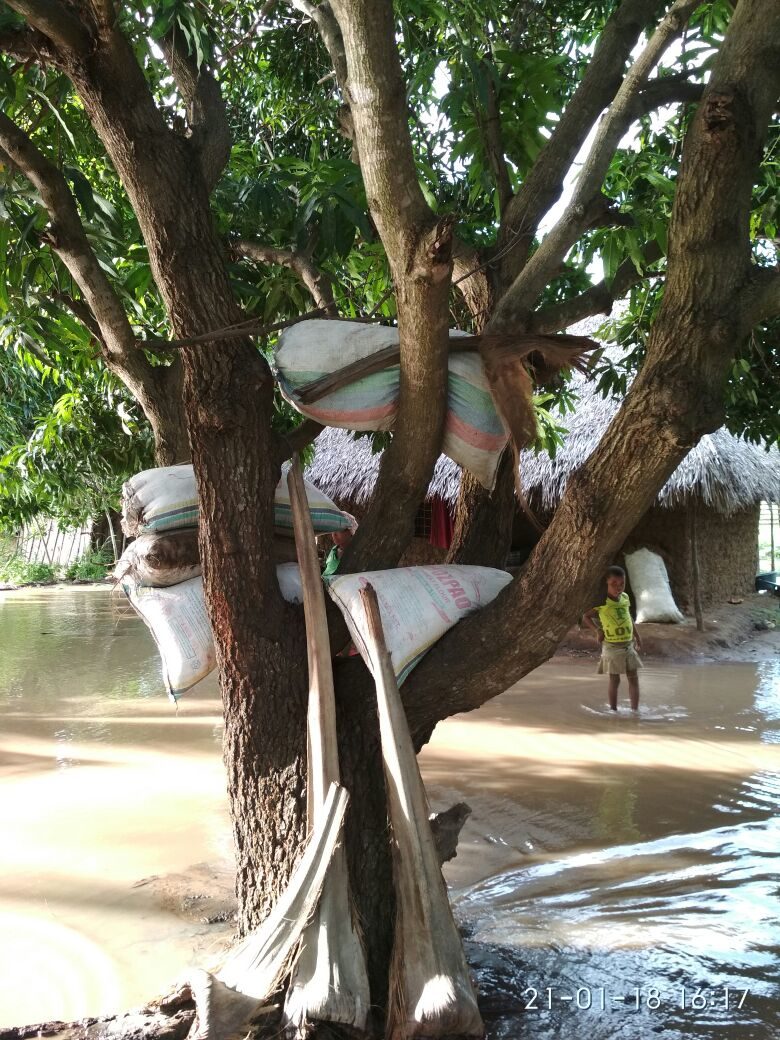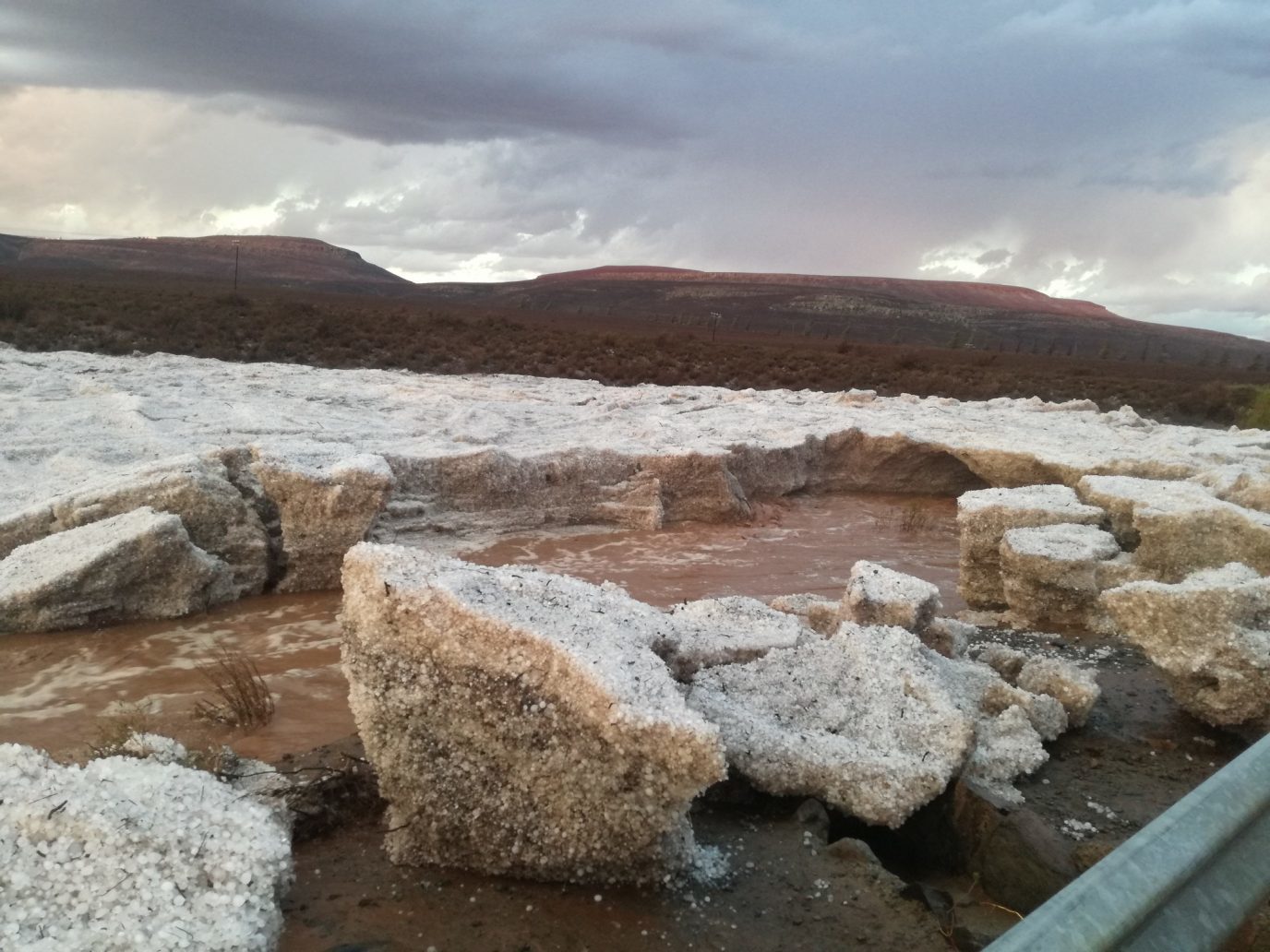
© Marc NosbachFlooding in Nampula, Mozambique.
The government in Mozambique said that heavy rain and flooding in northern areas of the country has left at least 11 people dead and affected over 75,000 people.
The provinces of Nampula, Niassa and Cabo Delgado have all seen heavy rain since 14 January, 2018, triggered by a tropical depression. The city of Nampula recorded over 450 mm of rain between 15 and 19 January.
Local media, quoting sources from Mozambique's National Directorate of Water Resources (DNRH)
said that, as of 19 January, the Messalo, Megaruma and Monapo rivers had all burst their banks.



Comment: A geologist from the US Geological Survey says these events are not connected - yet they all took place in rapid succession in the Ring of Fire, which is constantly active. So what he actually means is that he doesn't know if they are directly connected - although evidently they are connected by the Ring of Fire itself.
While we appreciate that he is trying to be cautious with his words, he should at least acknowledge the obvious: That the events are at least indirectly connected, and that it is possible - even likely - that there is also a direct connection given that they all happened within two days. And if so, what could that mean?
More on the Ring of Fire: